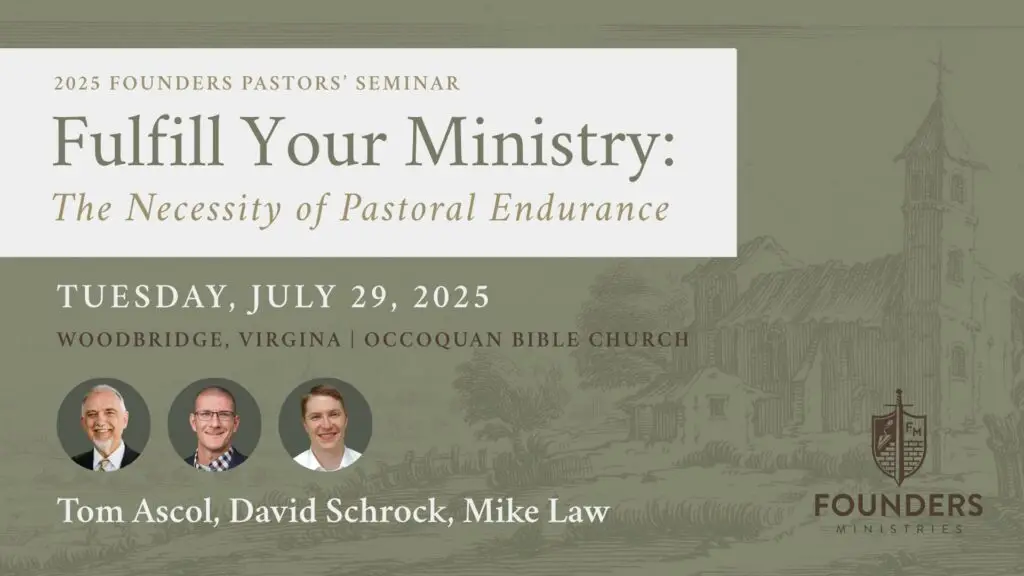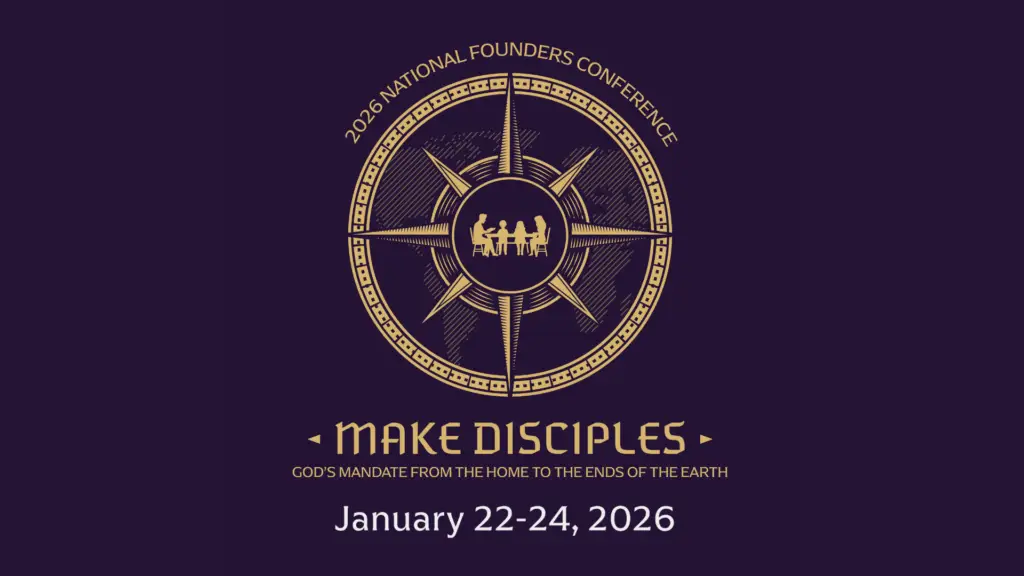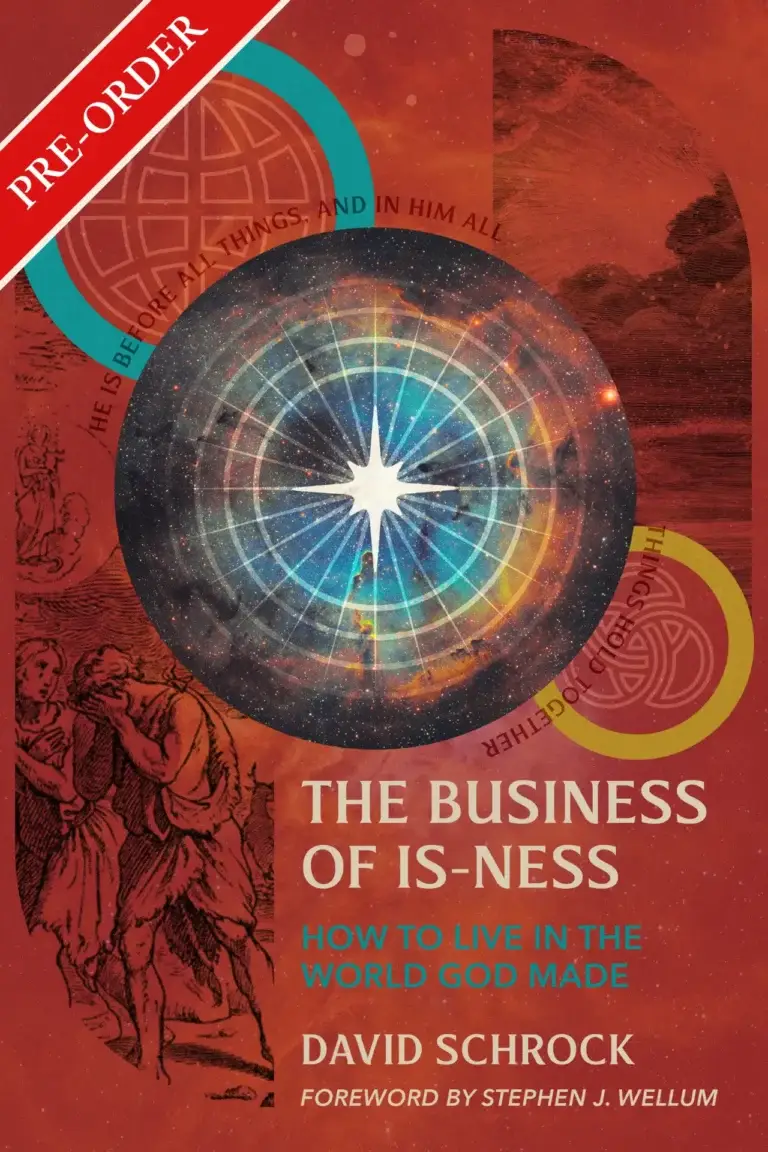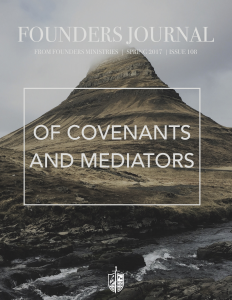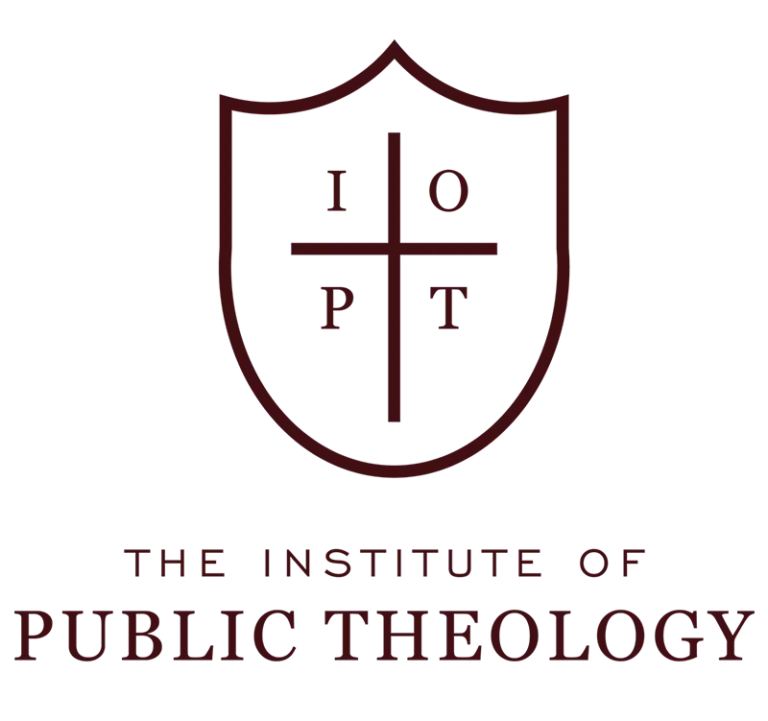Chapter 7 of the 1689 London Baptist Confession
To study this chapter “Of God’s Covenant,” we must recognize the two contexts of the composition: Scripture and history. Although first composed in 1677 while under persecution from the Church of England, the 1689 Second London Baptist Confession (hereafter, 2LBC) was published two months after the 1689 Act of Toleration granted by William and Mary of Orange.1
As the First London Baptist Confession of 1644/1646 (hereafter, 1LBC) used much common language with the 1596 True Confession of the Congregationalists to show their unity with the Protestants, so the 1689 2LBC used common language with the Presbyterian Westminster Confession of Faith (hereafter, the WCF) and the Congregational Savoy Declaration (hereafter, SD) in order to display their theological unity with other Protestants. However, the fact that 2LBC VII:1–3 differs from both confessions on such a major issue as the covenants shows the courage of the Baptists rather than theological compromise. Those today who make such a claim of compromise in the 2LBC have no historical foundation for such opinions.2
How then shall we explain the distinctive Baptist theology of the 2LBC VII—Of God’s Covenant? First, there will be a brief commentary on each paragraph followed by, second, a unified explanation of the covenant theology of the 2LBC.
I. Commentary
A. The first paragraph explains the necessity of the form of covenant as God’s chosen way to relate to man:
1. The distance between God and the creature is so great, that although reasonable creatures do owe obedience unto him as their creator, yet they could never have attained the reward of life but by some voluntary condescension on God’s part, which he hath been pleased to express by way of covenant.(1)
(1) Luke 17:10; Job 35:7, 8.
This paragraph identifies innocent Adam as the first creature who owed obedience to God as a creature. If he had continued to live upright as God’s creature (Ecclesiastes 7:29),3 without the additional command of God (Genesis 2:16–17), he would have done only what he ought to have done without any obligation from God to reward his owed obedience (Luke 17:10; Job 35:7–8). For God justly to bless Adam and his posterity (Romans 5:12–21) further with “the reward of life,” God would have to condescend to a further arrangement by way of a “covenant.” That “reward of life” for perfect obedience should be understood as the glorified state with God where in it would be impossible to sin.
The basic definition of a covenant is an oath, bond or promise involving two or more parties, whether human or divine. Each biblical covenant must be further defined by the revelation concerning it. We must be careful not to impose elements from one covenant upon another by logic without clear revelation so explaining. Therefore, a divine covenant is an oath, bond, or promise of God, “a sovereign arrangement of God by which man may be blessed.”4
This covenant concept, designated “the law” in 2LBC VII:2, is exactly what we see in the garden in God’s command to Adam (Genesis 2:16–17). Although the word “covenant” is not used in the context, the introduction of God’s command for further obedience, whereby Adam may be blessed if he obeys and cursed if he does not, is the very form of a conditional divine covenant in Scripture (Genesis 26:4–5; Exodus 19:5). This is why this paragraph explains that initial condescension of God with Adam as a “covenant” (Hosea 6:7). It was a conditional covenant of law (works).
To say that Baptists never believed in covenant theology is inaccurate. They just held their own construction of it.
B. The second paragraph explains the reason for and the institution of the Covenant of Grace.
2. Moreover, man having brought himself under the curse of the law by his fall, it pleased the Lord to make a covenant of grace,(2) wherein he freely offereth unto sinners life and salvation by Jesus Christ, requiring of them faith in him, that they may be saved;(3) and promising to give unto all those that are ordained unto eternal life, his Holy Spirit, to make them willing and able to believe.(4)
(2) Genesis 2:17; Galatians 3:10; Romans 3:20-21. (3) Romans 8:3; Mark 16:15, 16; John 3:16. (4) Ezekiel 36:26, 27; John 4:44, 45; Psalm 110:3.
Here the first covenant arrangement (2LBC 7:1) is described as “the law” followed by the institution of the redemptive Covenant of Grace. Although the WCF VII:1 and the SD VII:1 both describe that original arrangement as “the covenant of works,” Baptists chose to designate here that first covenant as “the law.” Although they did so believe that “the law” to Adam was a covenant of works (2LBC 19:6, 20:1), apparently they desired to emphasize that one Covenant of Grace to clear up any misunderstanding of how they conceived that covenant. It is not a covenant of works; it is a Covenant of Grace alone.
So, what was “the law” our forefathers understood was given to Adam which he broke? The 2LBC 19:1–2 explains the “law” to Adam as including both the law written in his heart by nature, revealed more clearly on Mount Sinai as the ten commandments (19:2; Romans 2:14–16), as well as that further “precept” not to eat of the tree of the knowledge of good and evil (19:1).5 Having broken God’s law, both of nature and precept, and having no way to satisfy God’s just curse, the only way of salvation had to be by grace alone in a further Covenant of Grace.
Although God was not morally obligated to give another covenant opportunity to Adam or to his descendants now condemned in Adam (Romans 5:12–25), He was pleased to condescend to establish a Covenant of Grace as a gift of salvation undeserved and mercifully given (Ephesians 2:8-9). In this promised Covenant of Grace, fulfilled in history by the revelation of Jesus Christ’s New Covenant (2LBC 7:1), God offers sinners life and salvation by grace alone through faith alone in Jesus Christ alone, the promised seed of the woman.
Therefore, this Covenant of Grace not only offered all sinners life and salvation through faith in Christ to come, but also promised the sovereign work of God the Holy Spirit to regenerate all those elect ordained to eternal life before the foundation of the world, thus making them willing and able to believe in the Savior of the Covenant (Ephesians 1:4; 2 Timothy 1:8–10).
Therefore, Baptists proclaim to all men the only Savior of the world and their duty to believe in Him (Acts 17:30–31), knowing that God will save His elect people from their sins. This is the missionary theology which sent William Carey and Adoniram Judson to foreign fields.
C. The third paragraph explains the Covenant of Grace in terms of the revelation of the gospel of the Lord Jesus Christ:
3. This covenant is revealed in the gospel; first of all to Adam in the promise of salvation by the seed of the woman,(5) and afterwards by farther steps, until the full discovery thereof was completed in the New Testament;(6) and it is founded in that eternal covenant transaction that was between the Father and the Son about the redemption of the elect;(7) and it is alone by the grace of this covenant that all to the posterity of fallen Adam that ever were saved did obtain life and blessed immortality, man being now utterly incapable of acceptance with God upon those terms on which Adam stood in his state of innocency.(8)
(5) Gen. 3:15. (6) Hebrews 1:1. (7) 2 Timothy 1:9; Titus 1:2. (8) Heb. 11:6, 13; Romans 4:1, 2; Acts 4:2; John 8:56.
First, the Covenant of Grace is the progressive revelation of the gospel of Christ, first to Adam in the promise of Genesis 3:15, then “by farther steps” through the Old Testament prophets and “the covenants of the promise” (Hebrews 1:1; Ephesians 2:12). The full revelation of that Covenant of Grace was completed in the New Testament as the New Covenant of the Lord Jesus Christ. This is why it is appropriate to identify the New Covenant as the Covenant of Grace itself, superior to every Old Testament covenant of the promise (Hebrews 8:1–10:18).
This paragraph is distinctively different from the WCF and the SD paragraphs, which explained the Covenant of Grace as one covenant under two administrations: “the time of the law” and “the time of the gospel.” These designations may have intended to show that the one Covenant of Grace was operative in both testaments, but instead they placed the Old Testament “covenants of the promise” as equivalent covenants of grace to the New Covenant itself. In so doing, it seemed logical to transfer elements from “the covenants of the promise” into the promised New Covenant itself, even though the New Covenant revelation itself contains no such instruction (i.e., Abrahamic circumcision permitting infant baptism by “good and necessary consequence”). Such a construction diminishes the superiority and finality of the New Covenant to every previous postlapsarian “covenant of the promise.” It is itself the Covenant of Grace fully revealed and justly accomplished (Hebrews 8:1–10:18). For both the Old and New Testaments, only those who are regenerated by the Holy Spirit are members of the one Covenant of Grace, thus exercising the gift of faith alone in the virtue of the New Covenant accomplished by the Lord Jesus Christ (Jeremiah 31:31–34; Ezekiel 36:26–27; John 3:3–5).
Second, the third paragraph sails back on the seas of eternity beyond the horizon of creation and takes us into the hallowed counsels of the Father and the Son and into that eternal covenant transaction for the redemption of God’s elect people before the foundation of the world. This is often called the Covenant of Redemption or the Counsel of Peace. There we find the eternal ignition of grace in the heart of God to send His only begotten Son to be the effectual Savior of His elect people (2 Timothy 2:9; Titus 1:2; Ephesians 1:4–11). He is, literally, the only Savior the world has. The Covenant of Grace is the historical institution of that eternal covenant transaction consummated and historically accomplished in the New Covenant of our Lord Jesus Christ.
Finally, the third paragraph concludes with the fact that the only creatures saved in the Old Testament and New Testament to the present day have been saved by “the grace of this covenant [of grace].” And this is because:
… and it is alone by the grace of this covenant that all of the posterity of fallen Adam that ever were saved did obtain life and blessed immortality, man being now utterly incapable of acceptance with God upon those terms on which Adam stood in his state of innocency.
From this paragraph we can see that our Baptist forefathers clarified their Baptist covenant theology from the perspective of the covenant of “the law” in Adam and the Covenant of Grace in Christ. None are now capable of being saved by the covenant of works. There had to be a Covenant of Grace for any man to be saved at all. Thus we have the biblical dynamic of Law and Grace operative from Genesis 3:15 through the Old Testament covenants by further steps until that completion of the promise of grace in the New Covenant of our Lord Jesus Christ. From this understanding of the two great covenants carried out in biblical history we preach the Law and the Gospel of each to all men, calling all men everywhere to repent of sin against God’s law and to believe in gospel of the Lord Jesus Christ (Acts 17:30–31).
II. A Unified Explanation of the Covenant Theology of the 2LBC
In the running commentary above, we have the crafting of a distinct Baptist Covenant Theology consistent with the Covenant of Grace instituted by promise in Genesis 3:15 and fulfilled in the New Covenant as the superior historical covenant of the Bible. Grace, conceived in the eternal counsels of God, was the only possible method justly to save an elect people from their sins under law. The New Covenant gospel is that promised grace fulfilled in the Person and Work of our Lord Jesus Christ. Therefore, salvation must be by faith alone in that promised seed who defeated Satan, sin and death, moving the sinner from under law to under grace (Romans 6:14).Those who believe in this Savior desire to love Him and keep His commandments in their life (John 14:15; Revelation 12:17, 14:12).
This Baptist covenant theology treats the Old Testament covenants properly for what they were, “covenants of the promise,” each revealing by farther steps the condemnation of man under law and the salvation of the Covenant of Grace completed in the New Covenant. This means that the revelation of the New Covenant itself must determine its members as the regenerate so that its baptism is of those disciples professing faith and regeneration. Although no one can infallibly read the hearts of those baptized as truly born again, yet their confession of faith presumes that state. Therefore, the church is to be composed of those professing disciples who seek to love Christ and to keep His commandments (Jeremiah 31:31–34; John 14:15, Romans 13:8–10, 2LBC XIX:1–2). For they alone are members of the saving Covenant of Grace.
Conclusion
This is the covenant theology of the Bible. It is not meant to be studied or debated by sterile minds and cold hearts. It is the exciting truth of the Eternal Father giving to His Beloved Son a fallen people for His own to redeem by His incarnate blood and righteous life; it is the humbling truth that One so divine would gladly agree to His own suffering for such sinners; and it is the miraculous truth that the Holy Spirit would invade the rebels’ hearts to free them from their enemy’s grip and to resurrect their dead souls to embrace by faith alone the covenant Mediator of their covenant Father. Truly, the covenant theology of the Bible is a wonder of God’s infinite grace which brings Him eternal glory from the lips of those covenant sons and daughters who eternally give thanks to His glorious name.
It is my hope that this exposition of God’s covenant grace by Reformed Baptists will once again inflame the hearts of Baptists everywhere to embrace the wonder of God’s covenant theology and to live joyfully and obediently under that covenant grace forever.
NOTES:
1 Nehemiah Coxe, Covenant Theology from Adam to Christ (Palmdale: Reformed Baptist Academic Press, 2005). It is likely that Nehemiah Coxe edited and/or composed much of the 2LBC.
2 Richard P. Belcher and Tony Mattia, A Discussion of the Seventeenth Century Baptist Confessions of Faith (Columbia, S. C.: Richbarry Press, 1983). See this work for a detailed explanation.
3 All biblical references or quotations are from the New American Standard Bible (Dallas: The Lockman Foundation, 1977).
4 Walter J. Chantry, The Covenants of Works and of Grace (Pensacola, Florida: Chapel Library), 3.
5 Having identified the law upon Adam’s heart by nature the same as the ten commandments at Mt. Sinai, we have the identity of God’s Moral Law for man also established for the New Covenant Christian (Romans 2:14-16; Jeremiah 31:31–34). The Covenant of Works was not republished as the Sinai Covenant for salvation, but the Moral Law of the Covenant of Works was republished to engrave upon their hearts (Deuteronomy 5:29, 6:6; 11:1-37). Under grace, the Christian seeks to keep the same ten commandments out of love to Christ (John 14:15; Romans 8:4, 13:8-10). Although the day of the weekly Sabbath has changed under the New Covenant into the Lord’s Day, the principle of a Sabbath rest and worship was written on Adam’s heart from the beginning. This is what the 2LBC confesses.



